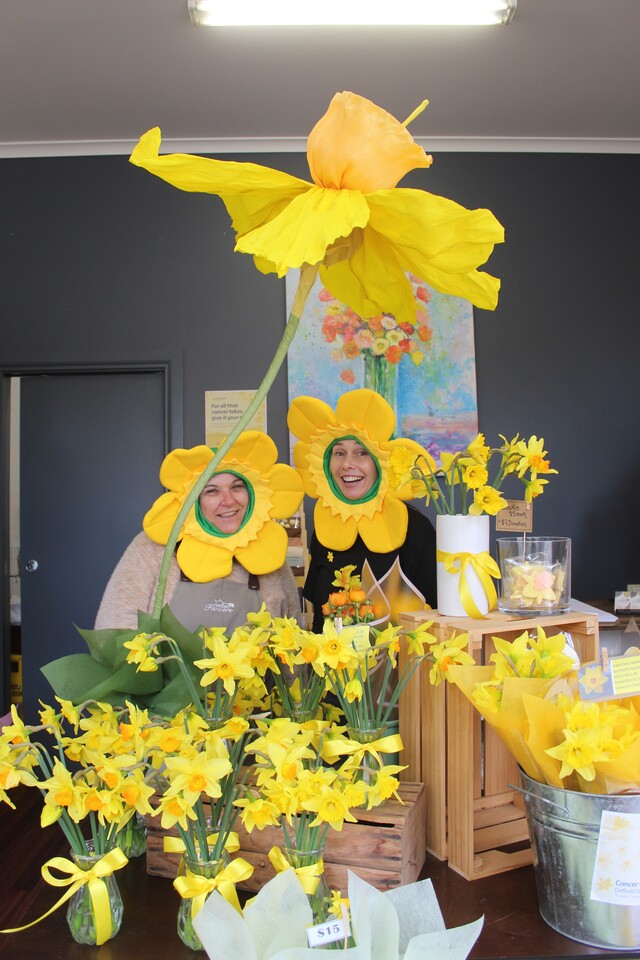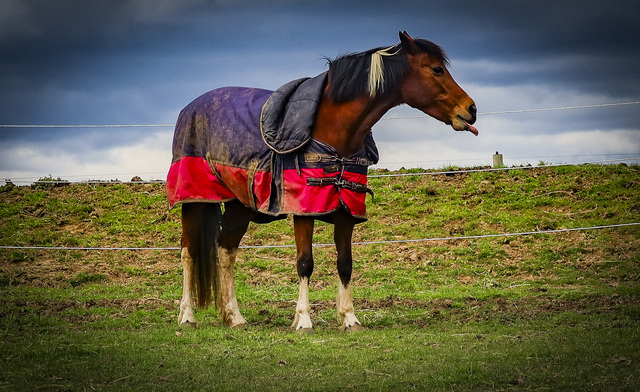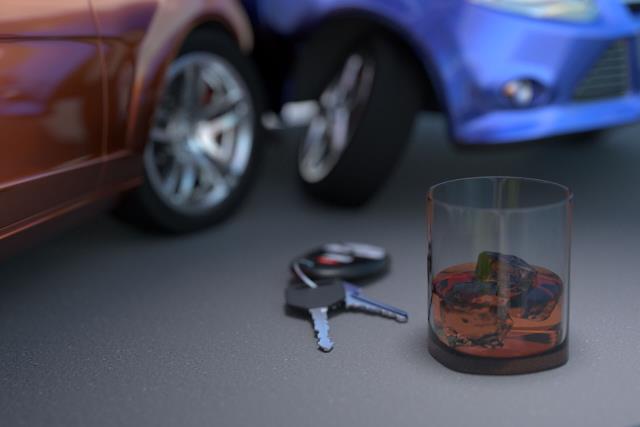With another school year underway, parents everywhere have to face the dilemma of when to keep sick children home from classes, be it for real or imagined ailments.
There was no such decision to be made 100 years ago when Victorian schools did not resume after the Christmas break due to the onset of the Spanish Flu epidemic.
The Age reported on 29 January 1919: “In ordinary circumstances State schools would resume on Monday next, but owing to the epidemic they will remain closed in the metropolitan area. Mr Lawson said the schools would be kept closed as long as there is considered to be any danger of infection.”
Spanish Flu, which did not start in Spain, caused the death of between 50-100 million people worldwide, far more than the estimated 20 million killed in World War 1. In Australia deaths from Spanish Flu were more than 12,000 compared to the 60,000 Australians who died in the war.
When the outbreak hit Melbourne in December 1918, the border between Victoria and New South Wales was closed, public meetings of twenty or more people were prohibited, travel in long distance trains was restricted and loitering ‘under the clocks’ at Flinders Street station was strictly forbidden.
According to Yarra Valley historian, Anthony McAleer, the first local case recorded was the Lilydale Assistant Station Master in January 1919 and within a week another 13 cases were reported in the Shire.
Shire Health Officer Dr Arthur Syme arranged for free inoculation centres to be organised at Lilydale, Montrose, Wandin, Silvan and Monbulk with over 400 residents being inoculated and the new Elementary High School in Lilydale was altered to provide hospital accommodation.
Another 15 cases were reported in the district over the next month but with only one fatality, Miss Beatrice Leahy, the school was never used as a hospital. The precautions and treatments organised locally were instrumental in stopping the disease from spreading more extensively.
Although the great flu pandemic is receding into history we continue to learn its lessons, which range from the simple act of handwashing to immunizations and the potential of antiviral drugs.







